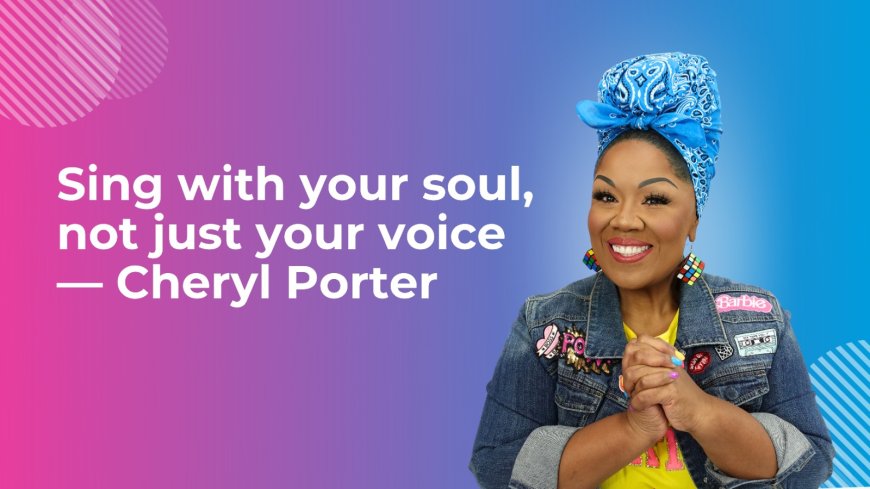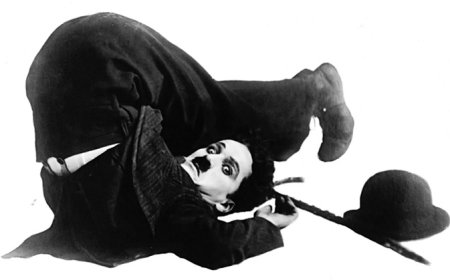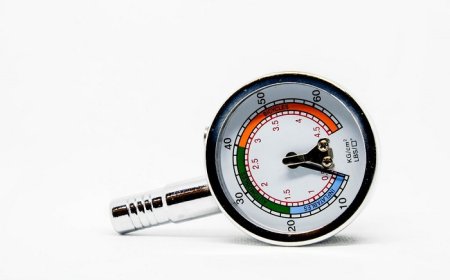Why Vocal Riffs and Runs Matter in Every Genre
Whether you sing gospel, pop, or R&B, vocal riffs and runs add emotion and style. Learn how to use them naturally across any genre.

When most people think of riffs and runs, they think of powerhouse singers in R&B or gospel music. But in reality, these vocal tools arent confined to just one style they belong to every genre. From pop to jazz to even country, riffs and runs have become a way for singers to express emotion, add individuality, and bring life to a melody.
Mastering vocal riffs and runs can elevate your performance no matter what genre you prefer. The key is learning how to use them tastefully, effectively, and in a way that feels like you.
What Makes a Riff Work?
A riff is more than a flurry of notes. For it to work musically, it must:
-
Serve the emotion of the phrase
-
Complement the rhythm of the song
-
Stay in tune and in time
-
Feel intentional, not random
Singers who overuse riffs can easily lose the listener. The most impactful runs are usually short, strategic, and placed where they create contrast or connection.
Genre-by-Genre: How Riffs Show Up
Pop Music
Runs in pop are typically clean, minimal, and rhythmic. Think of artists like Ariana Grande or Sam Smith. Their riffs are usually woven into hooks or pre-choruses to add a modern feel without distracting from the melody.
Use: End of phrases or emotional build-ups
Style: Slick, stylized, rhythm-focused
Gospel and Soul
This is where riffs and runs truly shine. Gospel singers often use extended, complex runs to express praise and raw emotion. These riffs often stretch over multiple beats and require deep breath control and agility.
Use: Improv sections, transitions, and climaxes
Style: Passionate, layered, call-and-response
R&B
R&B is known for silky, smooth phrasing with soulful riffs. Brandy, Jazmine Sullivan, and Usher are masters of this style, often blending short and long runs with conversational phrasing.
Use: Verses, ad-libs, and melodic fills
Style: Emotional, laid-back, elegant
Jazz
Jazz riffs are more interpretive, often played with syncopation or unexpected intervals. Vocalists like Ella Fitzgerald and Sarah Vaughan used scatting a kind of riffing with syllables in solos that matched the improvisation of jazz instruments.
Use: Solos, bridges, creative interludes
Style: Loose, swinging, improvisational
Country and Folk
Though less common, riffs in country are used subtly to embellish key emotional words. Artists like Carrie Underwood occasionally use short, tasteful runs to draw attention to heartfelt lyrics.
Use: Chorus endings or emotional peaks
Style: Simple, restrained, twang-accented
How to Adapt Riffs to Your Genre
You dont have to reinvent your entire sound to include runs. Instead, consider:
-
Phrasing: Does the riff fit naturally into your lyric timing?
-
Vibe: Does it match the energy of the song upbeat, mellow, heartbroken?
-
Length: Does the riff end where the next lyric starts?
If you're a pop or folk singer, you might use 35 note riffs sparingly. For gospel or R&B, you might build longer phrases and improv sections.
The Importance of Intentional Placement
Even if youve trained well, throwing in a run for no reason can weaken your performance. Ask yourself:
-
Is this riff adding or distracting?
-
Would this section feel stronger with a riff or with silence?
-
Does this run help convey the meaning of the lyric?
Taste and timing matter as much as technical ability. Often, less is more.
Exercises for Genre-Adapted Riffs
Heres how to train riffs that match different styles:
1. Rhythmic Precision Drill (Pop/R&B)
Sing a 5-note pattern (12321) to a metronome. Focus on timing and crispness. Increase tempo gradually.
2. Emotional Improv (Gospel/Soul)
Take one lyric line (e.g., I need you) and explore how many ways you can riff around it emotionally. Record 35 variations.
3. Scat Practice (Jazz)
Pick a scale, sing it using syllables like ba-doo-beh, and vary the rhythm freely. This opens your creativity.
4. Restraint Training (Country/Folk)
Take a short song phrase and try adding only a tiny riff at the end. Keep it small, clean, and lyric-centered.
These drills will stretch your style without pushing you too far from your genre comfort zone.
Common Mistakes to Avoid
| Mistake | Solution |
|---|---|
| Over-riffing every line | Choose 12 moments per verse instead |
| Rushing or cramming notes | Use a metronome and slow tempo practice |
| Copying without adapting style | Adjust the riff to match your genre vibe |
| Ignoring breath control | Build breath stamina before long runs |
Awareness is just as powerful as practice. Listen, reflect, and adjust.
Use Runs to Express, Not Impress
The best riffs dont scream look at me. They whisper, cry, shout, or sigh whatever the song needs in that moment. When you approach riffing as storytelling rather than showing off, your audience connects more deeply.
Ask: What is this lyric trying to say? Then let the riff underline that meaning.
Final Thoughts: Make Riffs Your Own, No Matter the Style
Vocal riffs and runs are tools, not rules. You dont have to fit into any box to use them. Whether you sing gospel or acoustic pop, you can craft riffs that suit your voice, reflect your story, and make your performances unforgettable.
With regular training and smart placement, your riffs will feel natural like they belong exactly where you placed them.


























